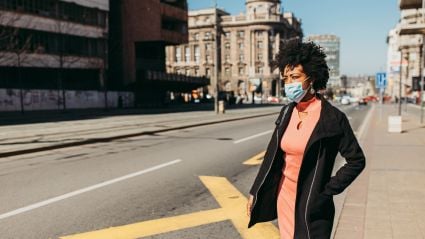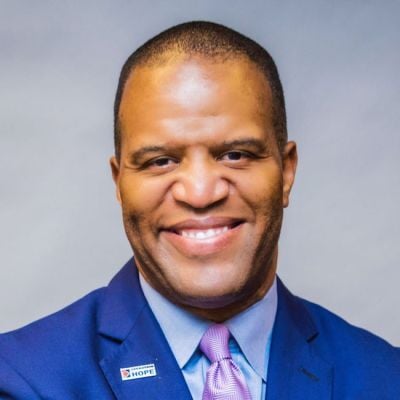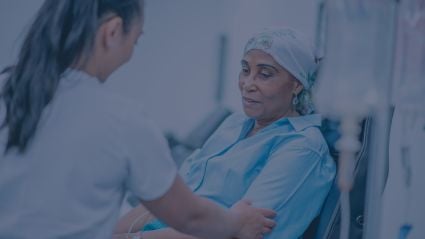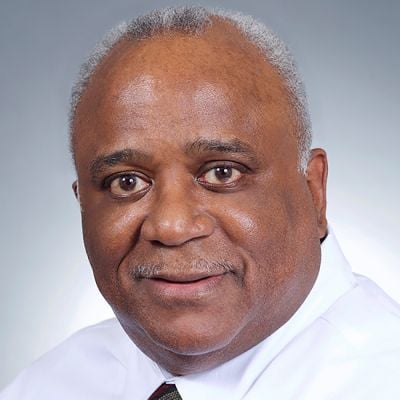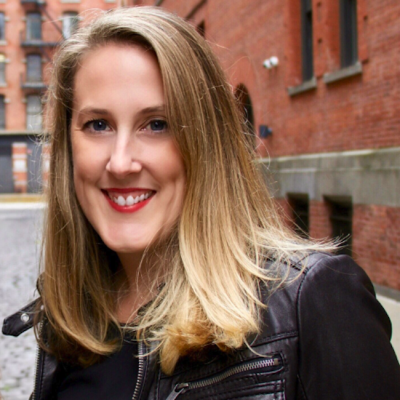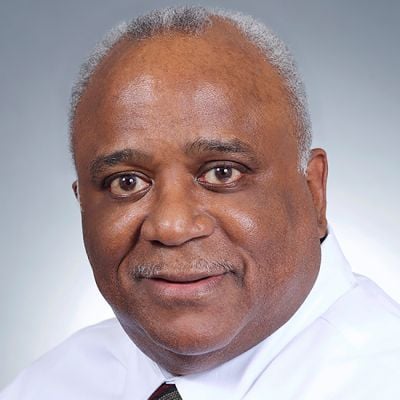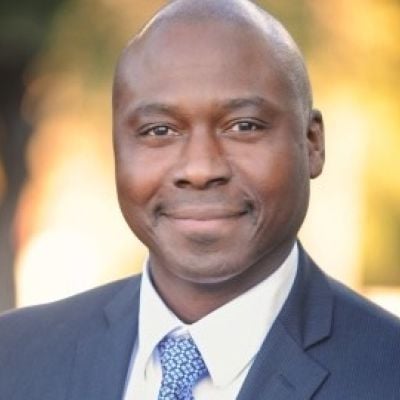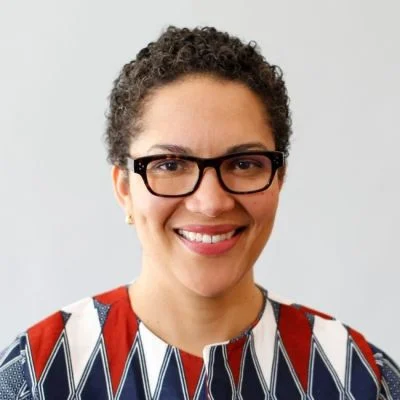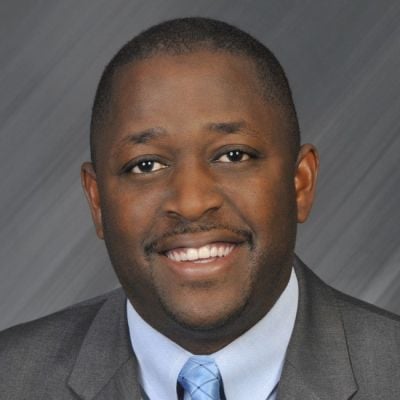
The spring of 2020 was illuminating in many ways. We witnessed the abysmal handling of a public health crisis, we watched COVID-19 health disparities by race and income unfold in real time, and we were traumatized repeatedly by the sight of police officers killing unarmed Black men and women. This led to a public outcry for racial justice. I say “illuminating” because, for a significant portion of the US population, these issues came as a surprise. I’ve lost track of the number of times my non-Black colleagues said, “I had no idea.” They had no idea health disparities were so serious, no idea racism was such an issue, and no idea the two were related. Well, they are.
The term “essential” took on a new meaning at the beginning of the pandemic. Black women in the health, retail, and service industries, largely ignored in January 2020, suddenly became essential workers. They were more likely to take public transportation, work in close proximity to others, and hold customer-facing jobs only to be confronted by an often unmasked and angry public. They were on the frontlines of health care and of the economy.
If for some reason it wasn’t clear before, it is clear now that health disparities exist, racism exists, and the two are related.
In news report after news report, hundreds of articles, and throughout social media, however, they were blamed. Blamed for having pre-existing conditions that raised their risk for COVID-19 infection and death, blamed for not socially distancing even though they lived in multi-generational housing and were caregivers for extended family, blamed for not complying with medical guidance in a health-care system they couldn’t trust to care for them. Now they’re being blamed for vaccine hesitancy even though hesitancy rates among Black Americans is lower than the national average.
Black women die from COVID-19 at three to four times the rate of white men. And yet, these are the very women we expect to show up for work in nursing homes, in fast food outlets, in poultry processing plants. These are the women who are unlikely to have health insurance or to get paid time off from work for COVID-19 testing, vaccination, or recovery. These are the women we depend on so businesses can open their doors to the public. They could not work from home. And yes, many came to work feeling sick.
If for some reason it wasn’t clear before, it is clear now that health disparities exist, racism exists, and the two are related. As David Williams, PhD, points out, racism impacts the everyday decisions of Black people: what schools they attend, what neighborhoods they live in, their health care, the foods they eat, and the jobs they hold. All of this determines their family wealth, health status, and, ultimately, life expectancy.
Recently, the US Centers for Disease Control and Prevention director, Rochelle P. Walensky, MD, declared racism as a serious public health threat. In fact, it is the most important determinant of health.
This pandemic is not over—there will be others. But now that we know, we can prepare for the inequities in access and the disparities in outcomes that have always occurred.
In February of 2021, the Black Women’s Health Imperative released Surviving & Thriving: A COVID-19 Pandemic Survival Guide For Black Women and Their Families, which tells the story of how COVID-19 has affected Black women and offers practical tips and resources that help keep them healthy and safe.
Those employers of the women on the frontlines who provide care, keep buildings clean, and make food available can have an enormous impact. They can ensure Black women have access to quality health care, with paid time off for illness or to care for family members.
When the next pandemic occurs, we can put testing and vaccine sites in areas that don’t require a car, at times when women who may not work 9-5 jobs can get there, and, most importantly, staffed by people who are trusted by the women they’re serving. We can collect and analyze incidence and mortality data by race/ethnicity and gender to ensure care is delivered where it is needed most. And, we can examine and dismantle the systems of racism that, as David Williams points out, determine the everyday decisions of Black people.
Now we know.



